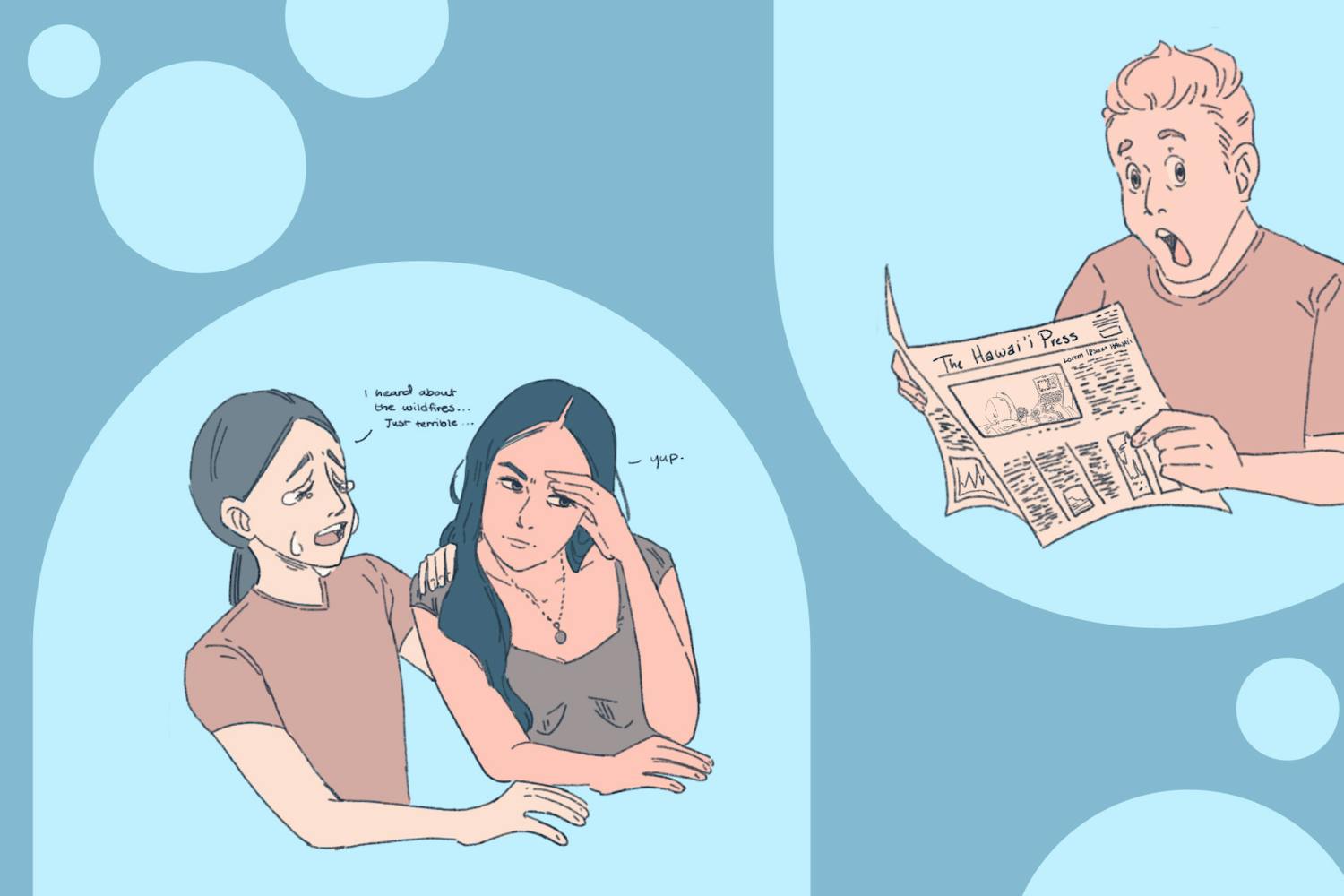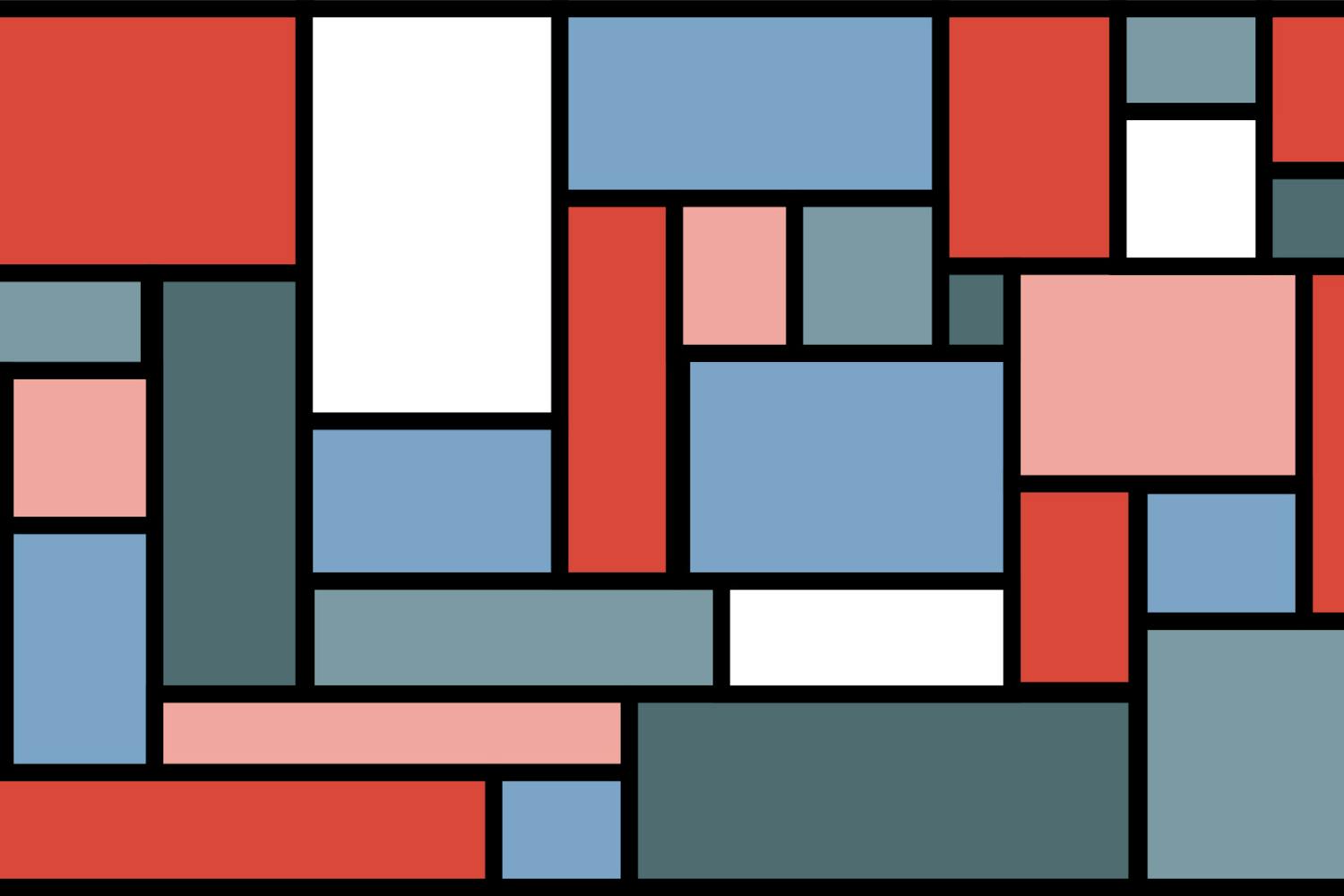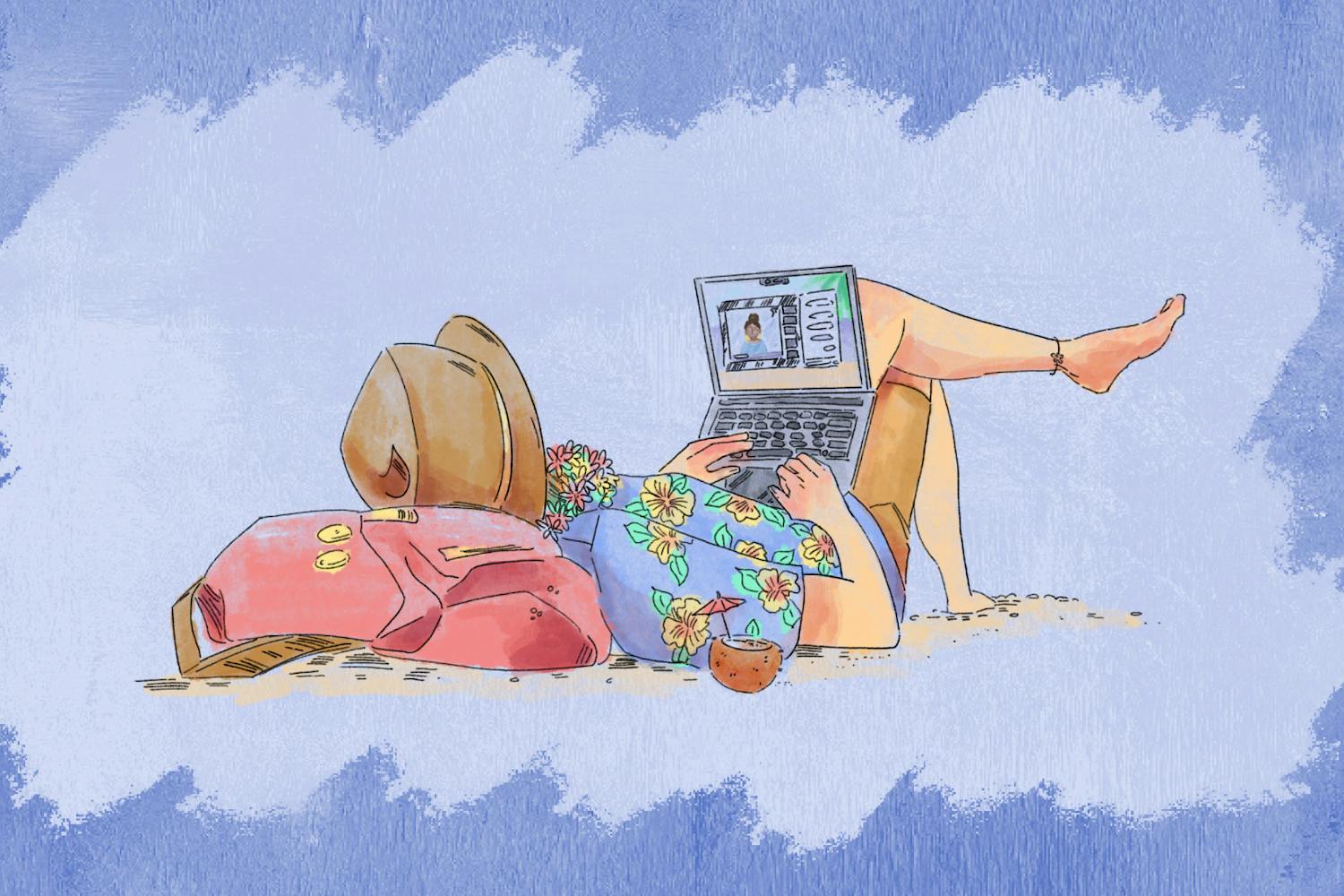You hear this line quite a few times at preview events from developers creating a multiplayer mode: “We really want to stress teamwork/player cooperation in our game.”
These games end up being the Battlefields, Call of Duties and Halos, which are some of the most played games. Even so, the players of those multiplayer modes always complain that no random players ever work together or communicate with one another; they only focus on kills. It’s always recommended, with the above-mentioned games, to get a team of friends together to enjoy the multiplayer experience.
I have a theory that this is due to the fact that the game gives each player the same opportunities. Health, weapons, perks, vehicles, etc., are all made available to the players and thus feel empowered and behave with a “lone wolf” attitude and thus abandon the other players.
So how do developers stress teamwork even more so in multiplayer games? Asymmetrical Multiplayer.
Asymmetrical multiplayer is exactly what it sounds like. There are two opposing factions and each one has disadvantages and advantages over one another. The advantages and disadvantages exist to hinder the players, which they would replace what they were missing with teamwork and cooperation. It’s a lot easier to understand if I give an example. In 2008 and 2009, Left 4 Dead and its sequel introduced asymmetrical multiplayer where one group of players (the humans) are tasked with getting to a specific location.
The other players (the special infected) do everything in their power to stop the players. At the end, the teams swap to see which team of humans can get farther. The advantages of the humans is that they have guns and more health but their disadvantage is that they have to go down pre-determined routes which leave them open to ambushes by the other players. The teams of special infected have powers such as bile that attracts other zombies and a tongue that wraps around humans to drag them in for attacks.
The caveat is that they have less health and die much quicker than their human counterparts, with the exception being the aptly named Tank. I would often have experiences with not only my friends but with strangers where we would work together, communicate and engage tactics where all of us would reach the end. And, if one of us needed to sacrifice our own character so that the others could survive, we all appreciated his/her sacrifice.
At E3 2012, I had the opportunity to play the Aliens: Colonial Marines multiplayer mode due to release on February 12, 2013. It was guests (playing as the human marines) versus developers (playing as the xenomorphs/aliens). The aliens could crawl through vents and could see where the marines were at all times but the marines had the firepower. The aliens quickly dealt any of the human players who wandered off with ferocity and a frightening death. It was about thirty seconds into the game when our team figured out that staying together and combining our firepower would give us a better chance of survival. We all combined our fire to take down the larger, upgraded foes and we moved as a unit holding off the creatures.
It was an exhilarating experience that was brought about by the asymmetrical nature of the gameplay.
Follow me on Twitter @MaroonandGamer and send me an email at shfawcet@asu.edu



